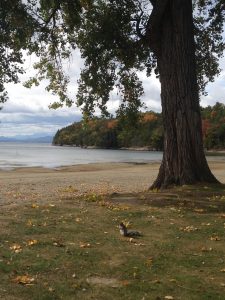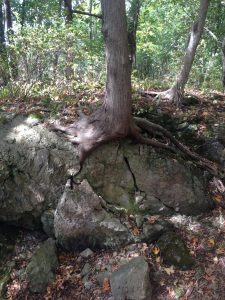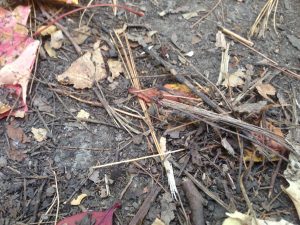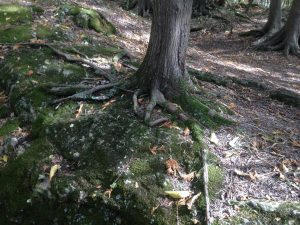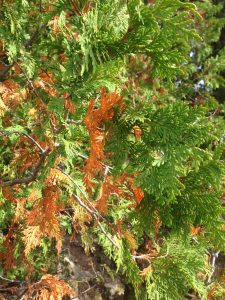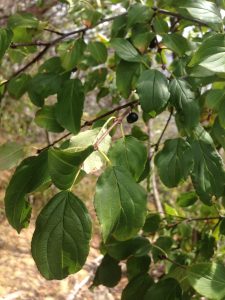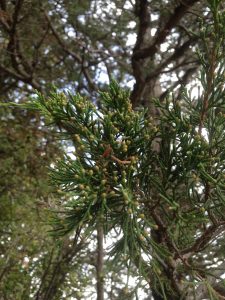I took a walk down to visit my place on Lone Rock Point on October 8th, 2016. It was a brisk cool day for a walk and the fall leaves were spectacular.


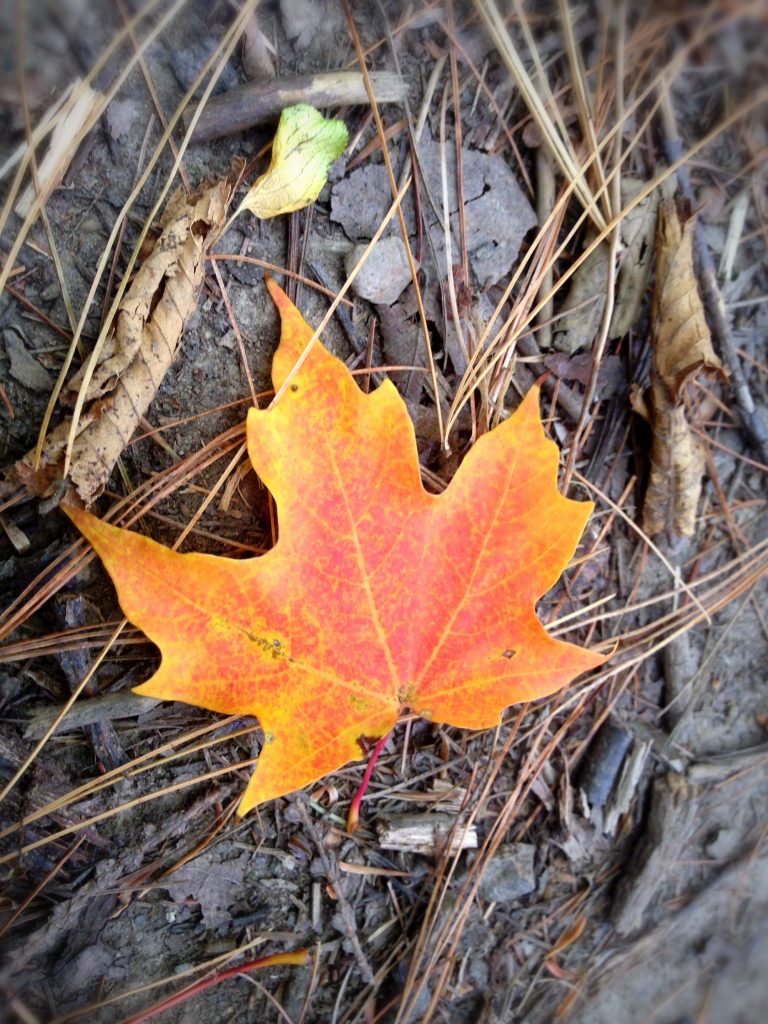
Getting there was a bit more difficult than I was expecting as construction on the Burlington Bike Path meant I had to take the detour down North Avenue. I enjoyed the extra long walk however as it meant I could spend more time outside exercising on such a pretty day.
Once there, I had no regrets that I had picked a place so far away. I was initially compelled to choose Lone Rock Point as it gave me a chance to get off campus and was the perfect combination of forest and lake. I had visited the week before and absolutely fell in love with the rugged cedar bluffs that characterize this location. The views of the Adirondacks across the lake and the changing leaf colors made it very picturesque. This spot combined everything I love, mountains, water and forest so I knew I would be eager to return every few weeks.
This area has very sparse plant vegetation. Everything that grows here has to be able to survive with very limited soil depths. Cedars and buckthorn therefore are dominant, growing right out of the rock.
In some areas, moss covers the rocks and patches of short grass also persist. Away from the rocks, the surficial soil is crumbly, composed of decaying plant matter. Directly below this layer is a very compact layer of fine soil covering the bedrock.
According to the University of Vermont’s department of geology, the rock outcropping at Lone Rock Point is part of the Champlain Thrust, where rocks of the Cambrian Period were pushed up into rocks of the Ordovician Period more than 400 million years ago. The dusty golden brown rocks visible today are shales from these two time periods.

As previously mentioned, this area is a cedar bluff. I found two types of cedar growing here, Eastern Red Cedar and Northern White Cedar. Intermingled within the cedars were many invasive buckthorn trees. These were the only types of vegetation found growing directly from the rock with very little soil support.
Many of the cedars had visible, sprawling roots and they were very intricate in their shape. Here are a few of the living trees that I found most fascinating:
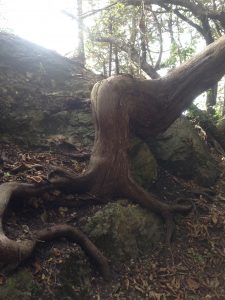

I did not come across much animal life on this trip. In the lake there were a few ducks and geese but I was unable to get close enough to tell what species they were. One dead tree had evidence of termite occupation:
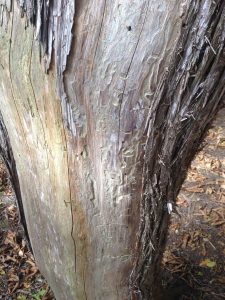
People were also scarce and I only came across a few hikers. Fire pits as well as litter along the rocks however, were signs that human visitors are not uncommon.
I could have spent the entire day in this place looking out over the lake, taking pictures of autumn leaf colors and just simply relaxing. It is amazing how refreshing going out into a place in nature, secluded from other people can be. I was relinquished from my stresses and was able to walk back with a clear mind.
(Original Photographs Copyright Colby Bosley-Smith, 2016)

